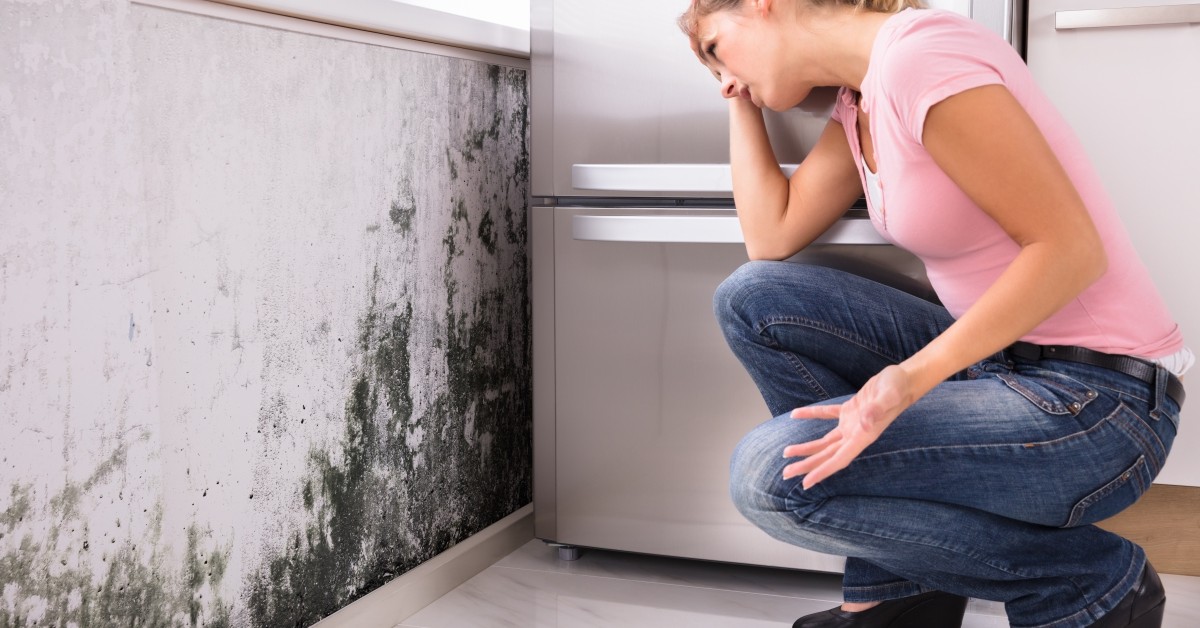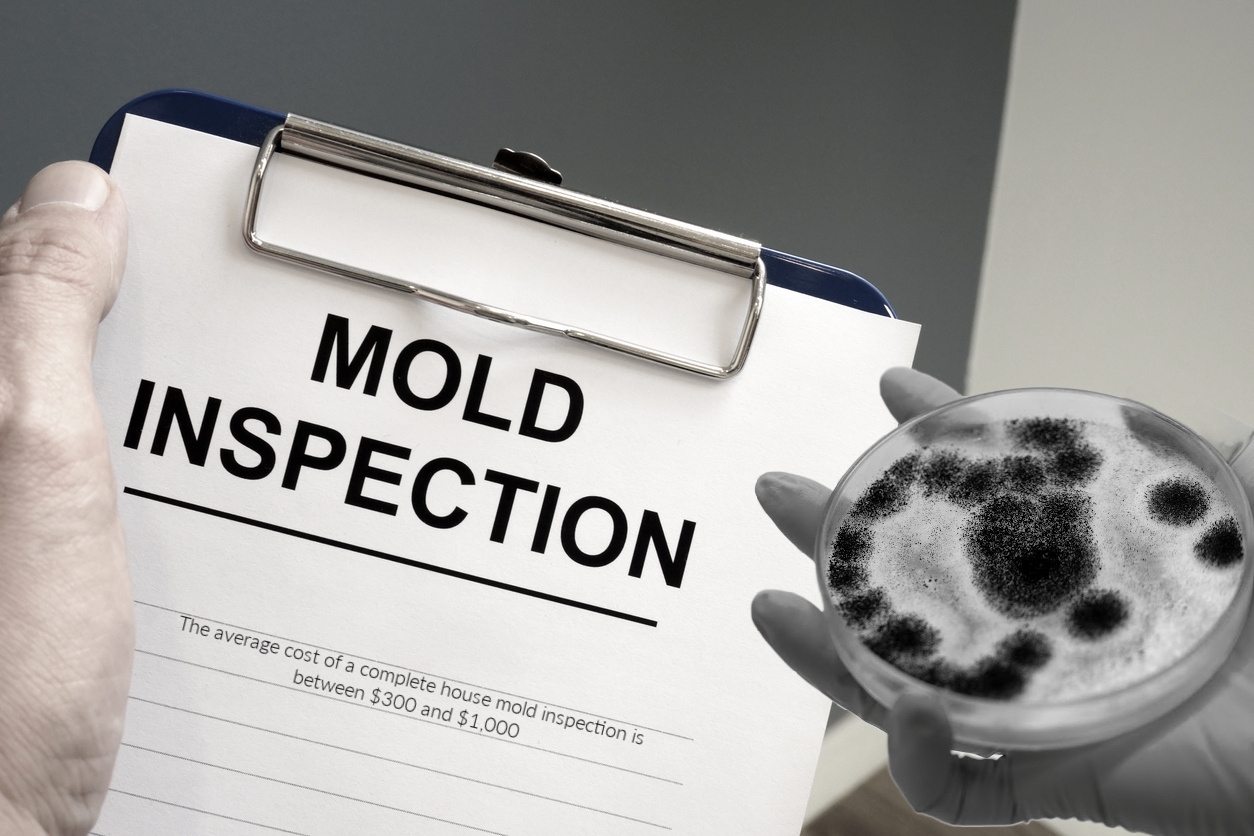After Mold Remediation Methods for Clean Spaces
After Mold Remediation Methods for Clean Spaces
Blog Article
Expert Tips for Article Mold Removal Success
In the realm of mold removal, effectively eradicating mold is just half the fight; real challenge depends on stopping its reappearance. Post-remediation initiatives play a vital duty in ensuring a mold-free atmosphere in the long-term. By adhering to skilled tips and best methods, individuals can safeguard their spaces versus mold and mildew revival and keep a healthy and balanced interior atmosphere. It remains in this phase of the removal procedure that interest to detail and positive procedures genuinely make a distinction.
Screen Moisture Degrees Frequently
Routine monitoring of moisture degrees is crucial in ensuring the performance of blog post mold and mildew remediation initiatives. After completing mold and mildew remediation treatments, keeping optimum humidity levels is essential to stop mold re-growth and make certain a healthy indoor environment. Tracking humidity degrees permits very early detection of any kind of spikes or variations that can potentially bring about mold resurgence. High moisture levels over 60% create a helpful atmosphere for mold and mildew to flourish, making normal checking a positive action to stop any kind of future mold issues - Post Mold Remediation.
Furthermore, establishing a regular timetable for moisture checks, particularly in high-risk locations such as cellars, washrooms, and kitchen areas, is a proactive strategy to mold avoidance. By consistently keeping an eye on humidity degrees, building owners can effectively mitigate the danger of mold reoccurrence and keep a healthy interior setting post-remediation.
Conduct Thorough Inspections Post-Remediation
Following the completion of mold remediation procedures, it is crucial to conduct detailed evaluations to validate the efficiency of the removal procedure. These post-remediation evaluations are essential in making certain that the mold problem has actually been successfully resolved which there is no recurrence or remaining mold development. Examinations ought to be brought out by certified professionals who have experience in identifying mold and evaluating indoor air high quality.
Throughout these assessments, numerous approaches such as visual evaluations, air tasting, and surface area sampling may be utilized to thoroughly examine the remediated locations. Aesthetic analyses include a thorough inspection of the premises to look for any kind of visible indicators of mold and mildew development or water damages. Air tasting assists in establishing the airborne mold and mildew spore levels, while surface tasting can spot mold and mildew particles on surface areas.
Implement Proper Ventilation Strategies
After guaranteeing the performance of the mold and mildew remediation procedure via detailed assessments, the next essential step is to concentrate on executing correct ventilation techniques. Ample ventilation is necessary in preventing mold reoccurrence by managing wetness degrees and advertising air blood circulation.
Proper air flow not just help in preventing mold development yet additionally adds to the general wellness and comfort of occupants. By making certain sufficient ventilation throughout the residential or commercial property, you can decrease the threat of mold and mildew regrowth and develop a healthier living environment. Routine maintenance of air flow systems, including cleansing and filter substitutes, is crucial to sustaining effective ventilation. Consulting with a/c specialists can offer further insights into optimizing ventilation methods for your details residential or commercial property needs.

Use Mold-Resistant Materials for Services
To improve the long-lasting performance of mold and mildew remediation initiatives, integrating mold-resistant materials for repairs is crucial in mitigating the threat of future mold development. Mold-resistant materials are designed to hold up against moisture and inhibit mold development, making them an important choice for locations prone to moisture and moisture. When fixing areas influenced by mold and mildew, making use of materials such as mold-resistant drywall, mold-resistant paints, and mold-resistant caulking can help stop mold and mildew recurrence.
Mold-resistant drywall is an outstanding choice to traditional drywall in areas like cellars and bathrooms where moisture degrees are greater. This kind of drywall has a special covering that stands up to mold and mildew development also when revealed to damp conditions. In addition, utilizing mold-resistant paints having antimicrobial representatives can better inhibit mold development on ceilings and walls.
In areas where wetness is typical, such as shower rooms and kitchen areas, using mold-resistant caulking around windows, bathtubs, and sinks can aid seal out water and stop he said mold from taking hold in cracks and gaps. By purchasing these mold-resistant materials throughout repairs post-remediation, you can substantially lower the chance of future mold and mildew concerns and keep a much healthier indoor environment.
Maintain Sanitation and Address Water Issues
After mold and mildew remediation, it is important to keep a clean atmosphere to protect against the regrowth of mold. Leaks, water breach, or high moisture degrees can develop the perfect breeding ground for mold, so it is essential to deal with any water-related issues quickly.
To maintain cleanliness, take into consideration making use of HEPA filters in vacuums and air purifiers to trap mold spores and avoid their blood circulation in the air. Ensuring correct ventilation in areas susceptible to moisture buildup, such as cooking areas and washrooms, can aid keep moisture degrees in check. By staying alert regarding tidiness and attending to water problems without delay, you can effectively prevent mold and mildew reinfestation and keep a healthy indoor environment.
Final Thought

In the realm of mold and mildew remediation, effectively removing mold is only half the battle; the real challenge exists in stopping its reappearance. After finishing mold and mildew removal procedures, preserving ideal moisture degrees is vital to prevent mold and mildew re-growth and make certain a healthy and balanced interior environment. High humidity levels over 60% develop a favorable atmosphere for mold to flourish, making routine checking a proactive action to prevent any future mold issues.
To improve the long-term performance of mold and see post mildew removal initiatives, including mold-resistant products for repairs is vital in alleviating the threat of future mold and mildew development. After mold and mildew remediation, it is important to preserve a clean setting to avoid the address regrowth of mold and mildew.
Report this page